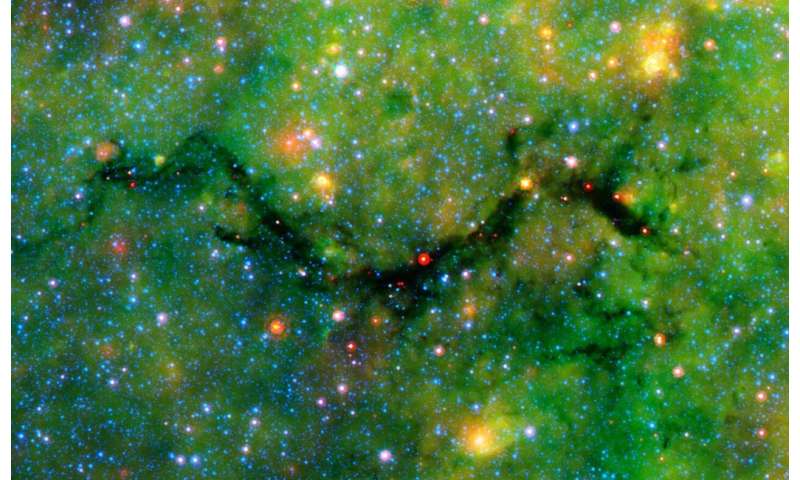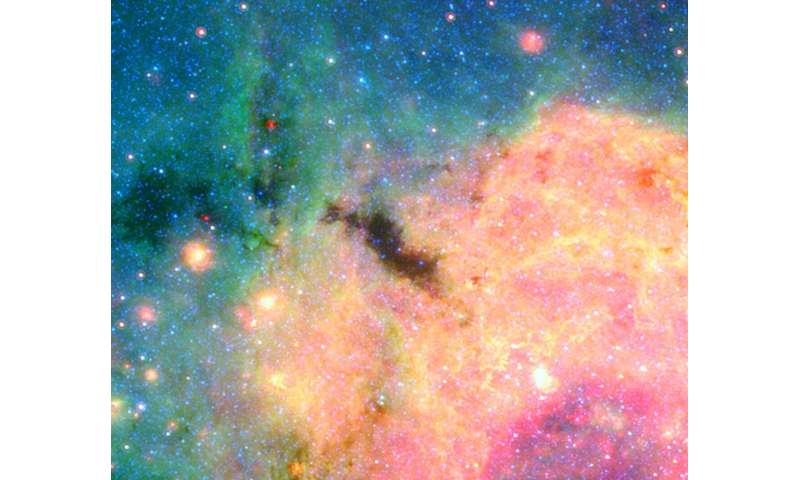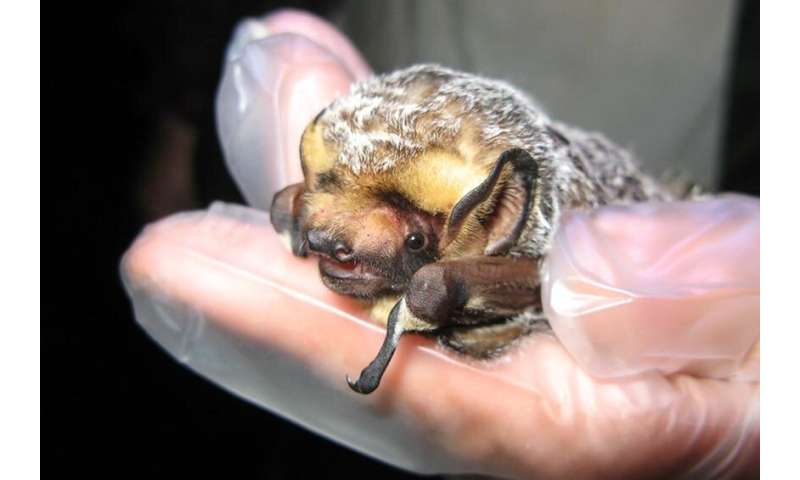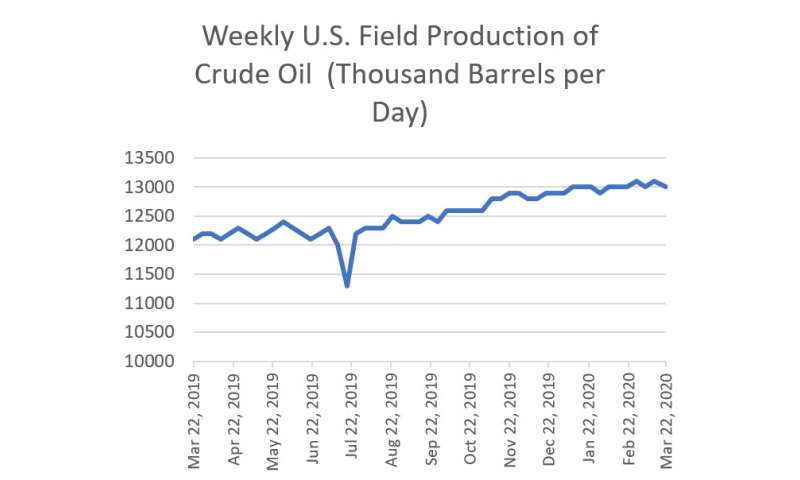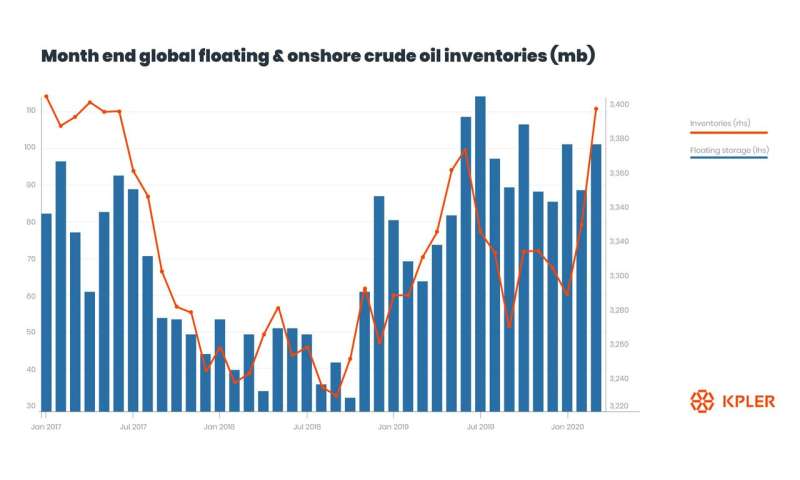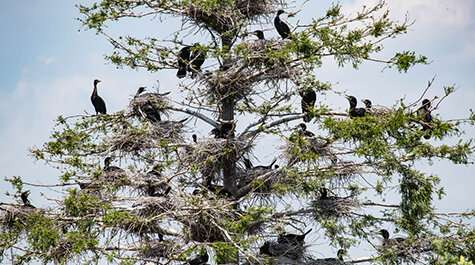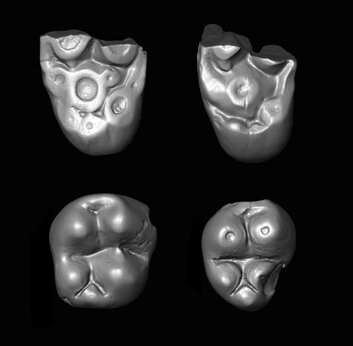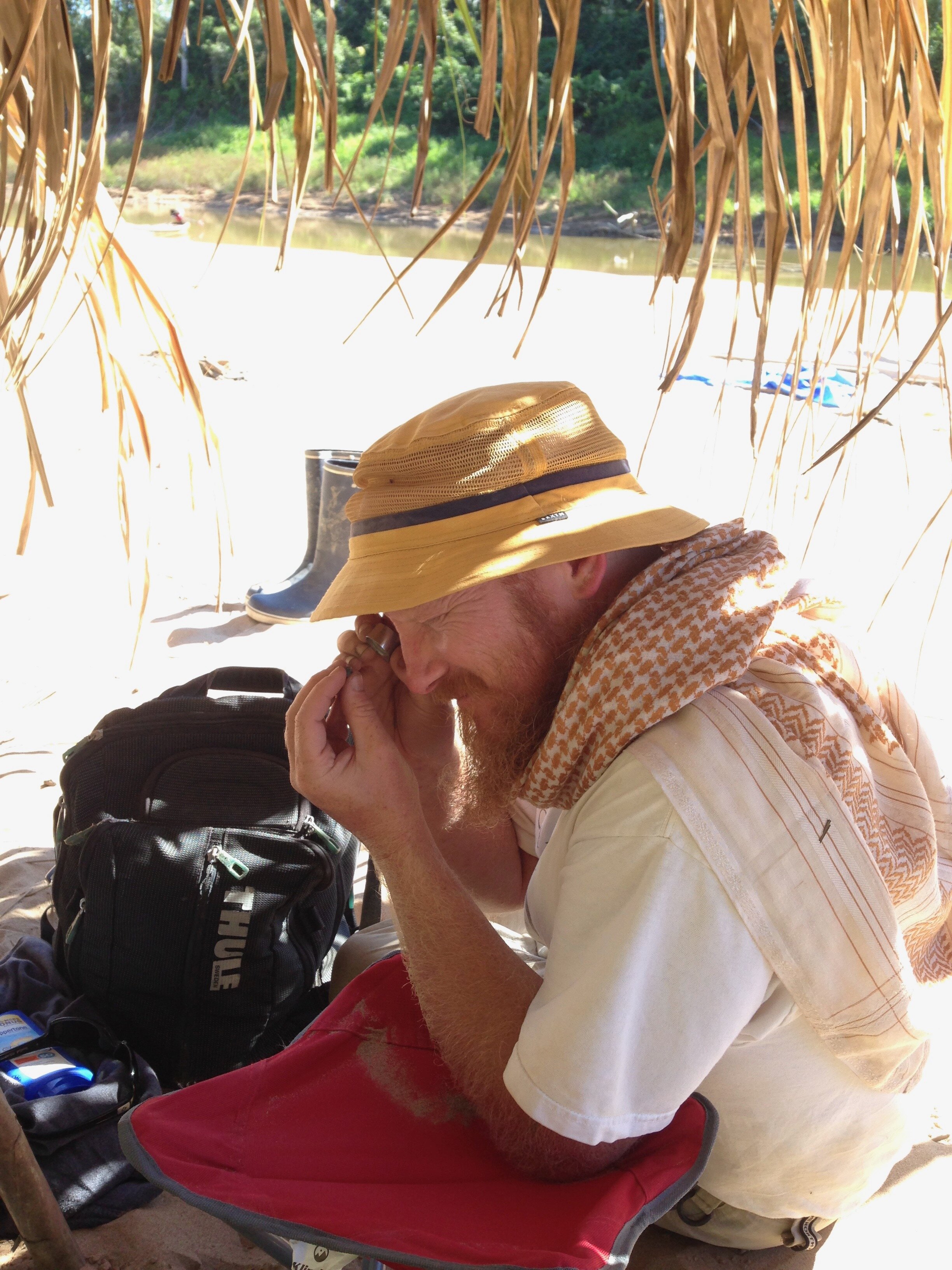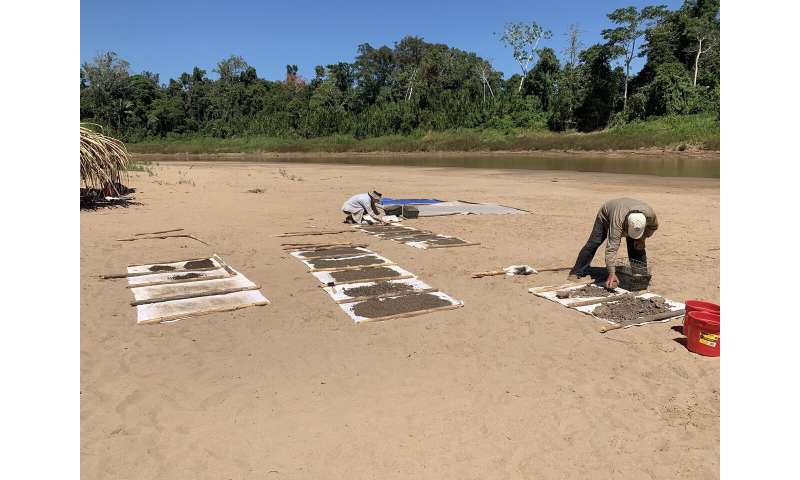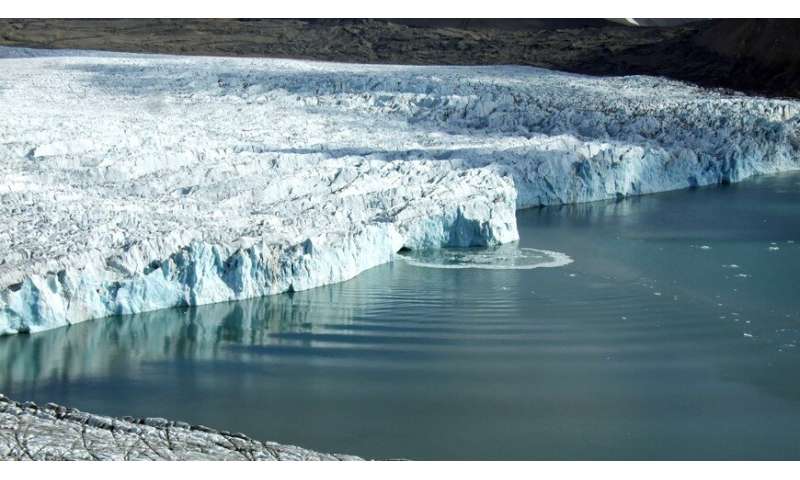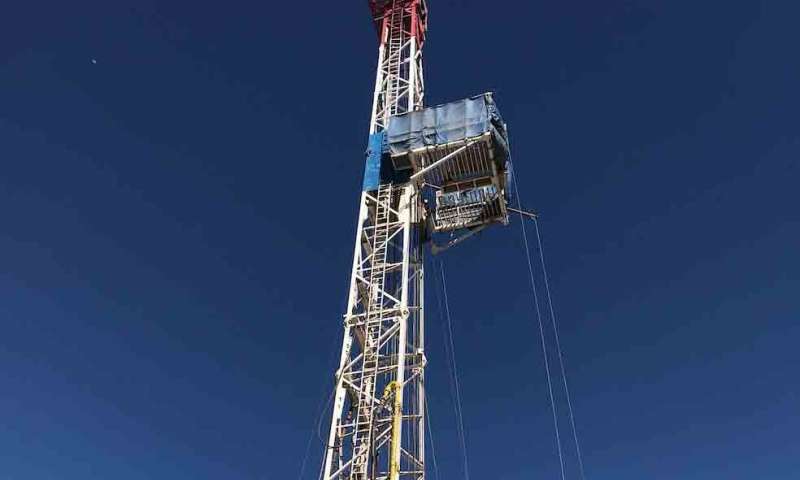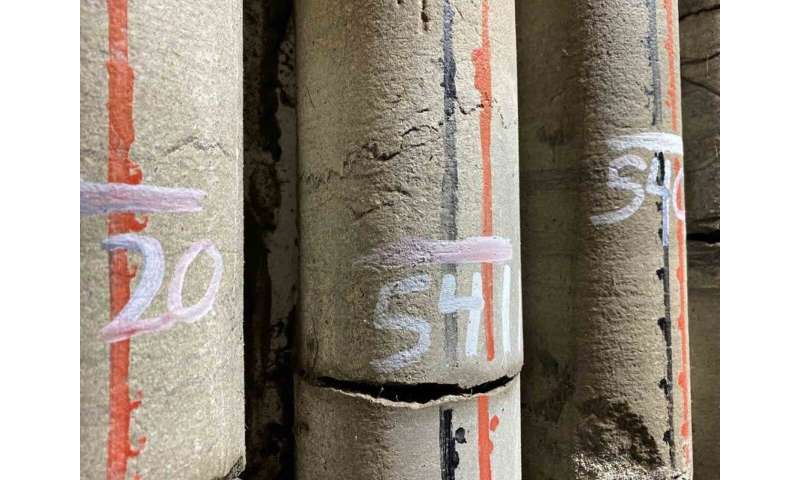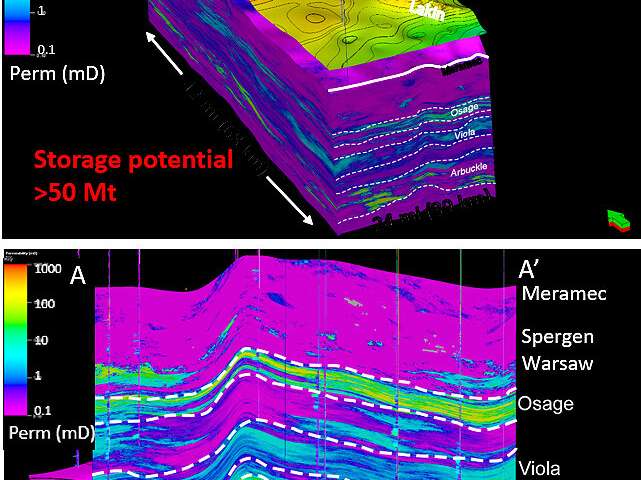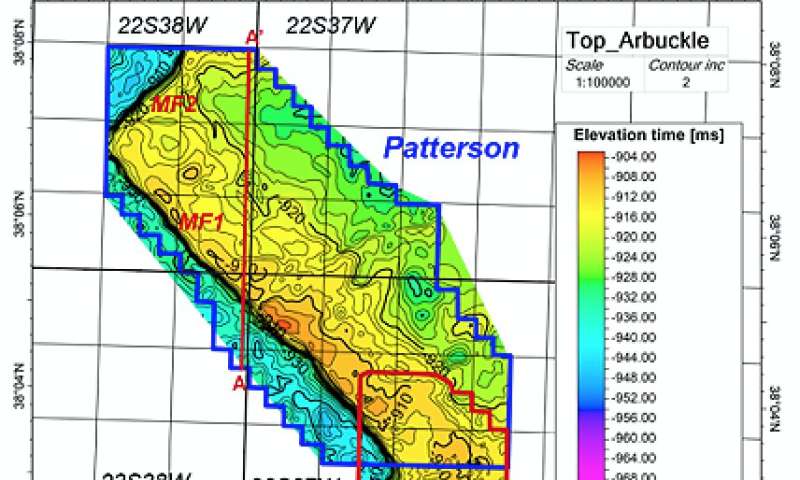by Thomas Deane, Trinity College Dublin

Credit: CC0 Public Domain
Europe's top scientists agree that a radical change is coming in how we produce and distribute food, to ensure food security and deliver healthy diets for all.
Now a new report from SAPEA, co-authored by Professor Anna Davies from Trinity's School of Natural Sciences, lays out the social science evidence on how that transition can happen in an inclusive, just and timely way.
Professor Davies said:
"The current crisis has revealed many fragilities in the way we live today and not least with respect to our food system. Food insecurity and sustainability are among the most significant global challenges facing humanity in the 21st century. It was an honour to be part of the SAPEA Review process, where we used social science insights to map and analyse food system dynamics in relation to sustainability objectives; to consider how a socially just and sustainable food system for the EU is best defined and described."
The Evidence Review Report 'A sustainable food system for the European Union' a base for the scientific opinion of the European Commission's Chief Scientific Advisors. It was requested by the College of Commissioners and written by a multidisciplinary group of leading scientists, nominated by academies across Europe.
Based on the best available evidence, the report concludes that the key steps towards the new model are not only to reduce food waste and to change our consumption patterns—but also to recontextualise how we think about food in the first place.
Professor Peter Jackson, the chair of the working group that wrote the report, said:
"Food is an incredibly complex system, with social, economic and ecological components. Yet, it contributes significantly to greenhouse gas emissions and plays a key role in driving climate change. The food system is responsible for around a third of global greenhouse gas emissions. The UN's Food and Agriculture Organisation estimates the annual financial cost of wasted food to be €900 billion in economic costs and an additional €800 billion in social costs. That's why 'business as usual' is no longer an option."
"Our report doesn't stop at highlighting the problems, which are now widely recognised. It also provides a range of evidence-based examples about how the transition to a sustainable food system can happen."
Among the report's other main conclusions are:
Europe's top scientists agree that a radical change is coming in how we produce and distribute food, to ensure food security and deliver healthy diets for all.
Now a new report from SAPEA, co-authored by Professor Anna Davies from Trinity's School of Natural Sciences, lays out the social science evidence on how that transition can happen in an inclusive, just and timely way.
Professor Davies said:
"The current crisis has revealed many fragilities in the way we live today and not least with respect to our food system. Food insecurity and sustainability are among the most significant global challenges facing humanity in the 21st century. It was an honour to be part of the SAPEA Review process, where we used social science insights to map and analyse food system dynamics in relation to sustainability objectives; to consider how a socially just and sustainable food system for the EU is best defined and described."
The Evidence Review Report 'A sustainable food system for the European Union' a base for the scientific opinion of the European Commission's Chief Scientific Advisors. It was requested by the College of Commissioners and written by a multidisciplinary group of leading scientists, nominated by academies across Europe.
Based on the best available evidence, the report concludes that the key steps towards the new model are not only to reduce food waste and to change our consumption patterns—but also to recontextualise how we think about food in the first place.
Professor Peter Jackson, the chair of the working group that wrote the report, said:
"Food is an incredibly complex system, with social, economic and ecological components. Yet, it contributes significantly to greenhouse gas emissions and plays a key role in driving climate change. The food system is responsible for around a third of global greenhouse gas emissions. The UN's Food and Agriculture Organisation estimates the annual financial cost of wasted food to be €900 billion in economic costs and an additional €800 billion in social costs. That's why 'business as usual' is no longer an option."
"Our report doesn't stop at highlighting the problems, which are now widely recognised. It also provides a range of evidence-based examples about how the transition to a sustainable food system can happen."
Among the report's other main conclusions are:
The transition to a more just and sustainable food system needs to be coordinated at multiple levels of governance and involve a range of actors in both land-based and marine environments
To change how our society consumes food, we must first change people's routines, habits and norms. Behaviour change is best effected with joined-up actions, addressing groups rather than individuals
Taxation and legislation are key ways to drive change, while European policies in agriculture and fisheries offer great opportunities for developing robustness and sustainability in food production
The report informs the Scientific Opinion from the European Commission's Group of Advisors, also published today and which in turn informs the Commission's new 'Farm to Fork strategy for a sustainable food system'.
Explore further
Unsustainable food systems: Can we reverse current trends?
More information: A sustainable food system for the European Union: www.sapea.info/topics/sustainable-food/
More information: A sustainable food system for the European Union: www.sapea.info/topics/sustainable-food/
Provided by Trinity College Dublin
